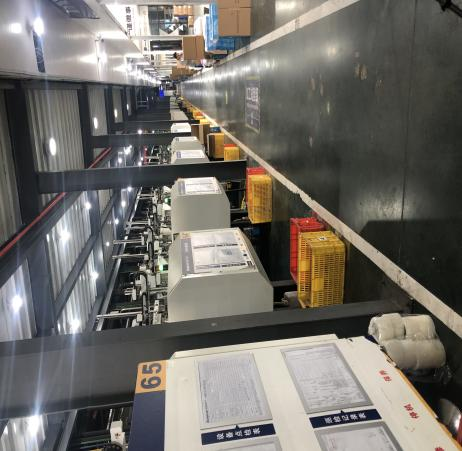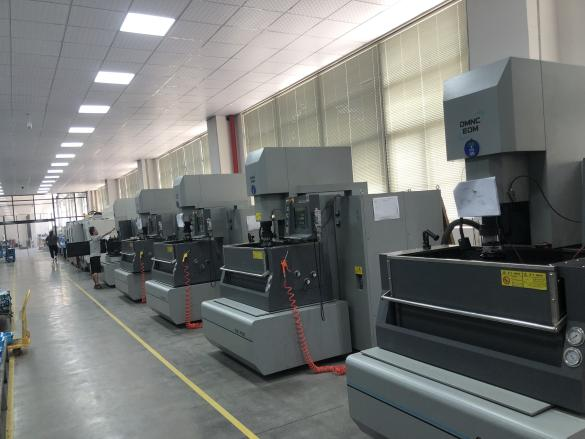By Andy from Baiyear factory
Upated 31th of October, 2022
Injection molding is a high-quality, high-precision manufacturing process in which molten plastic is injected into a carefully designed mold, where the plastic cools and solidifies into a specified part or product. The plastic part is then removed from the mold and sent to a secondary finishing process as the final product or as a near-end product.
An injection mold consists of a core and a cavity. The space created by these two parts when the mold is closed is called the part cavity (the void that receives the molten plastic). A “multi-cavity” mold is a common mold type that can be designed to create multiple identical parts (up to 100 or more) during the same run, depending on production needs.


Designing a mold and its various components (called tooling) is a highly technical and complex process that requires high precision and scientific knowledge to produce high-quality parts in compact dimensions, close to perfection, or to meet customer requirements. For example, the appropriate grade of raw steel must be selected so that components that operate together do not wear out prematurely. The hardness of the raw material steel must also be determined to maintain the proper balance between wear and toughness. The waterline must be properly placed to maximize cooling and minimize warping. Mold engineers also calculate gate/runner size specifications for proper filling and minimum cycle times, and determine the best closing method for mold durability over the life of the program.
During the injection molding process, molten plastic flows into the mold cavity through a “runner”. The flow direction is controlled by a “gate” at the end of each channel. The runner and gating system must be carefully designed to ensure uniform distribution of the plastic and subsequent cooling. Proper placement of cooling channels in the mold walls to circulate water is also essential for cooling to produce a final product with uniform physical properties, resulting in repeatable product dimensions. Uneven cooling can lead to defects – weak links that affect repeatable production.
In general, more complex injection molded products require more complex molds. The design and fabrication of molds are very demanding, and these often have to deal with features such as undercuts or threads, which often require more mold components. There are other components that can be added to the mold to form complex geometries. The engraving and testing of the mold requires a relatively long and complex production cycle, which ensures long life and high-precision consistency of the mold.
The common processing equipment for mold design and production are: machining center (generally used for roughing), fine carving (finishing), electric pulse (also known as electric spark, need to be electrode, electrode material: graphite and copper), Wire Cutting (divided into slow wire, medium wire, and ordinary), lathes, milling machines, grinders (surface grinding, internal grinding, cylindrical grinding), radial drills, bench drills, etc., these are all molds basic equipment for development and engraving.
Baiyear has been focusing on plastic mold making and injection molding for 12 years. We have rich successful experience. If you are interested in plastic injection molding, please feel free to contact us. Please believe that Baiyear will definitely bring you the most excellent Services to enhance your market competitiveness.
Contact:Andy Yang
What’s app : +86 13968705428
Email: Andy@baidasy.com
Post time: Nov-29-2022






